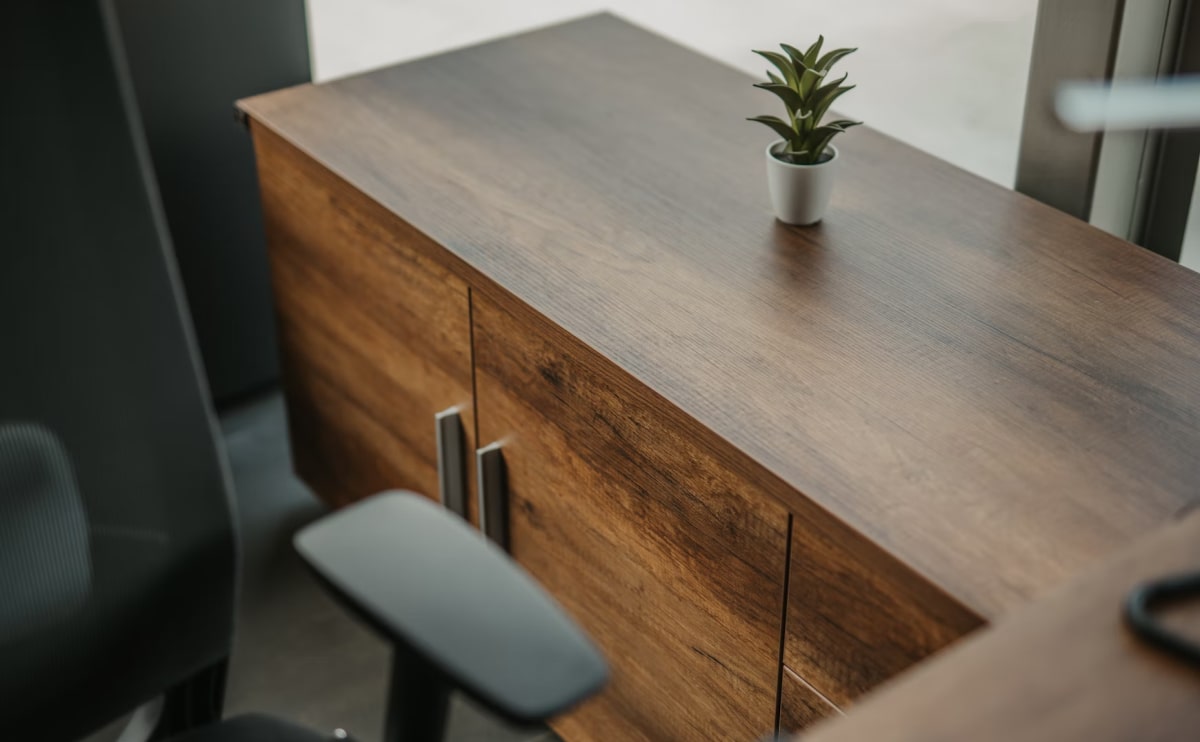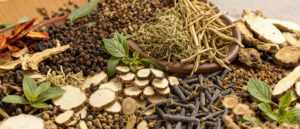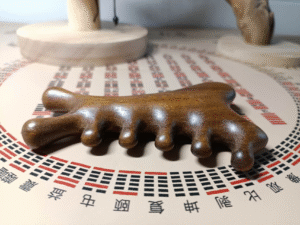
🌿 Let’s Start: Why Am I Obsessed with Amulets?
A while back, I rushed for a high-speed train and tripped over a step—scraped my hand a little, but no

When you see someone on the street wearing a bracelet that emits a natural fragrance—one that’s not as flashy as ordinary jewelry but carries a unique Oriental charm—it’s likely a “TCM Beaded Bracelet” from China. This cultural and creative product, which combines traditional health-preserving wisdom with fashionable accessories, is becoming a cross-cultural carrier of wellness. Today, let’s uncover its mysteries.

Many foreign friends may associate “Traditional Chinese Medicine (TCM)” with “bitter herbal soups,” but in fact, its scope is much broader than imagined. TCM is a core part of China’s traditional medical system. Its essence lies in using natural materials—including roots, stems, leaves, flowers, and fruits of plants, as well as some animal and mineral components—and applying centuries of practical experience to regulate the body.
Unlike decoctions taken orally, TCM materials used for making bracelets undergo special processing to retain their natural fragrance and beneficial components, while being safer. For example, you may have heard of Ginseng, Gouqi (Goji Berry), and Astragalus—these are common TCM ingredients that are “both medicinal and edible.” They can be used in medicine or as health foods. TCM beaded bracelets are made by selecting such ingredients that have long-lasting aroma and are suitable for shaping into wearable accessories.
Making TCM beaded bracelets is not just about stringing herbs together. Each step embodies the rigor of traditional craftsmanship, and some processes can even be traced back to the “pressed medicinal beads” technique of the Qing Dynasty. Back then, the imperial court made scented bead bracelets from herbs to relieve summer heat and prevent illnesses. In A Dream of Red Mansions (a classic Chinese novel), similar “pressed medicinal beads” were among the gifts given by imperial concubines. Modern production mainly involves three steps:
Craftsmen prioritize TCM ingredients listed as “both medicinal and edible,” such as agarwood, sandalwood, mugwort, dried tangerine peel, and goji berries. These ingredients not only have long-lasting aroma but also proven safety through years of use. For example, mosquito-repellent bracelets use mugwort, lemongrass, and mint; sleep-enhancing ones mix lavender, polygala, and jujube kernels—each style has a clear functional focus. For softer ingredients, natural beeswax is added to shape and preserve efficacy while preventing deformation.
Raw materials go through multiple processes: grinding, sieving, cleaning, pounding, and molding. For instance, TCM beaded bracelets from Pan’an, Zhejiang Province, take about a week just for hand-polishing and air-drying. The success rate of fully handmade bracelets is even around 2%, as beads tend to crack during air-drying. Some complex styles also draw on the ancient “pressed medicinal beads” technique, using glutinous rice and honey as natural binders—environmentally friendly and effective at locking in herbal aroma.
Polished herbal beads are paired by efficacy and color, then strung with cotton or elastic thread. Some styles add a few wooden accessories to enhance texture. Notably, the size and spacing of the beads are designed so that wearing the bracelet allows slight friction against acupoints on the wrist—incorporating the TCM concept of “acupoint massage.”
The core appeal of TCM beaded bracelets lies in “health preservation through aroma,” which originates from China’s traditional aromatherapy. Volatile aromatic oils in TCM ingredients act on the nervous system through smell to regulate the body—a method supported by the Clinical Application Guidelines for TCM Aromatherapy. Specifically, its benefits include three key points:

Different herbal aromas have different effects:
This natural aroma has no irritation from chemical fragrances, making it friendly to people with sensitive skin.
In summer, when mosquitoes are abundant, wearing bracelets with mugwort, clove, or lemongrass can reduce mosquito bites through their scent. The “clove + mugwort” mosquito-repellent bracelets launched by Hangzhou Municipal Hospital of TCM are very popular among campers. For people prone to motion sickness, bracelets with dried tangerine peel and mint can also have a soothing effect, serving as a “natural motion sickness remedy” to carry around.
TCM beaded bracelets are also a window into Chinese culture. They continue the health-preserving concept of “scented pillows” from the Western Han Dynasty’s Mawangdui Han Tomb and inherit the folk wisdom of hanging mugwort during the Dragon Boat Festival. Wearing one is not just a way to maintain health, but also a recognition of traditional Oriental craftsmanship—each handmade bracelet embodies the craftsman’s understanding of herbal properties and attention to detail.
While TCM beaded bracelets offer many benefits, there are small details to note:
Today, TCM beaded bracelets have spread beyond China and become a “wellness favorite” among many foreign friends. They have no barriers like health supplements (which require ingestion) and no lack of functionality like traditional jewelry. They simply rest on your wrist, guarding your daily life with natural aroma. Next time you encounter one, take a moment to experience this wellness wisdom from the East!
If you need adjustments to the translation of specific TCM terms (e.g., making them more colloquial) or want to add English introductions for certain bracelet styles, let me know—I can refine a customized English version for you.

A while back, I rushed for a high-speed train and tripped over a step—scraped my hand a little, but no

Many people associate Feng Shui with ‘mysticism’, but my five years of practical experience tell me that modern Feng Shui

In traditional Chinese health preservation culture, Chinese herbs are never unattainable « medicines ». More often than not, they hide in daily

Le Peigne de Méridiens Multifonction : Un Petit Outil pour un Grand Bien-Être Dans notre vie moderne, le stress, la
No account yet?
Create an Account